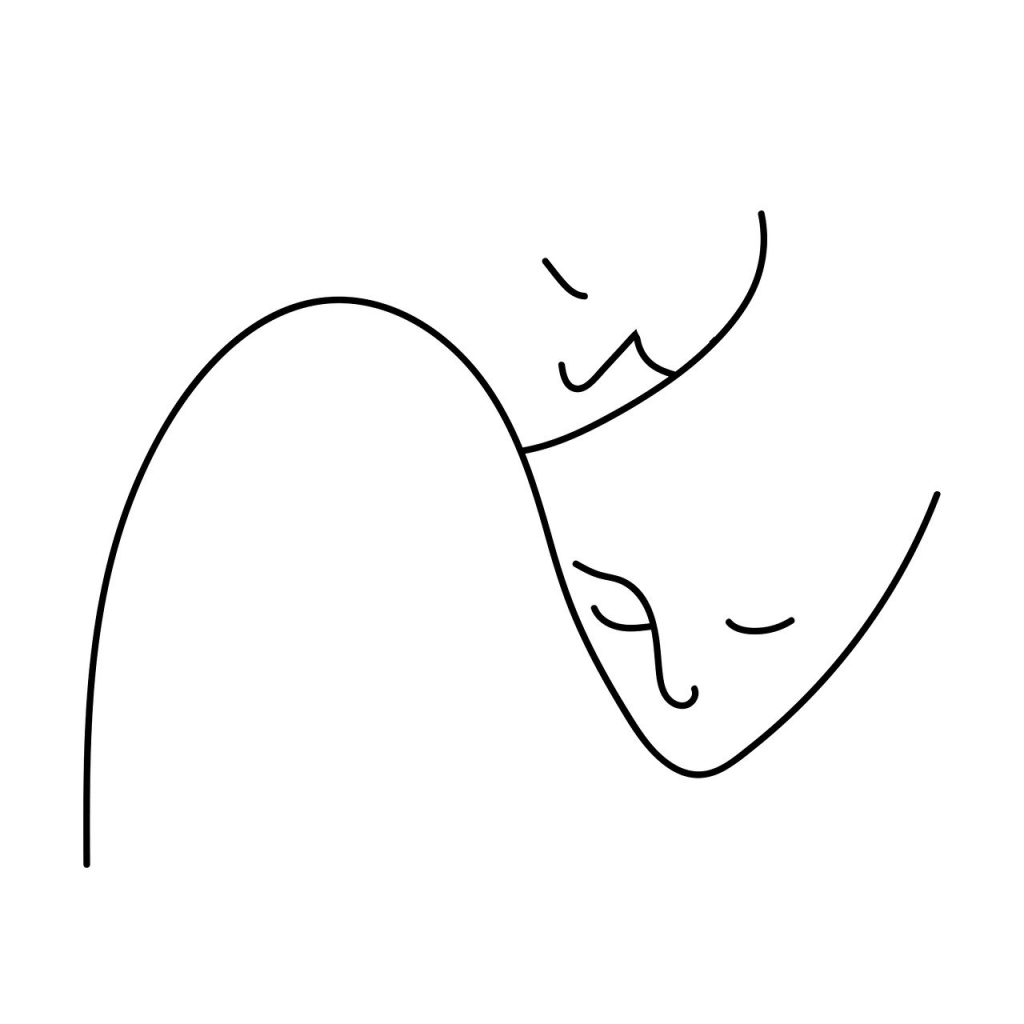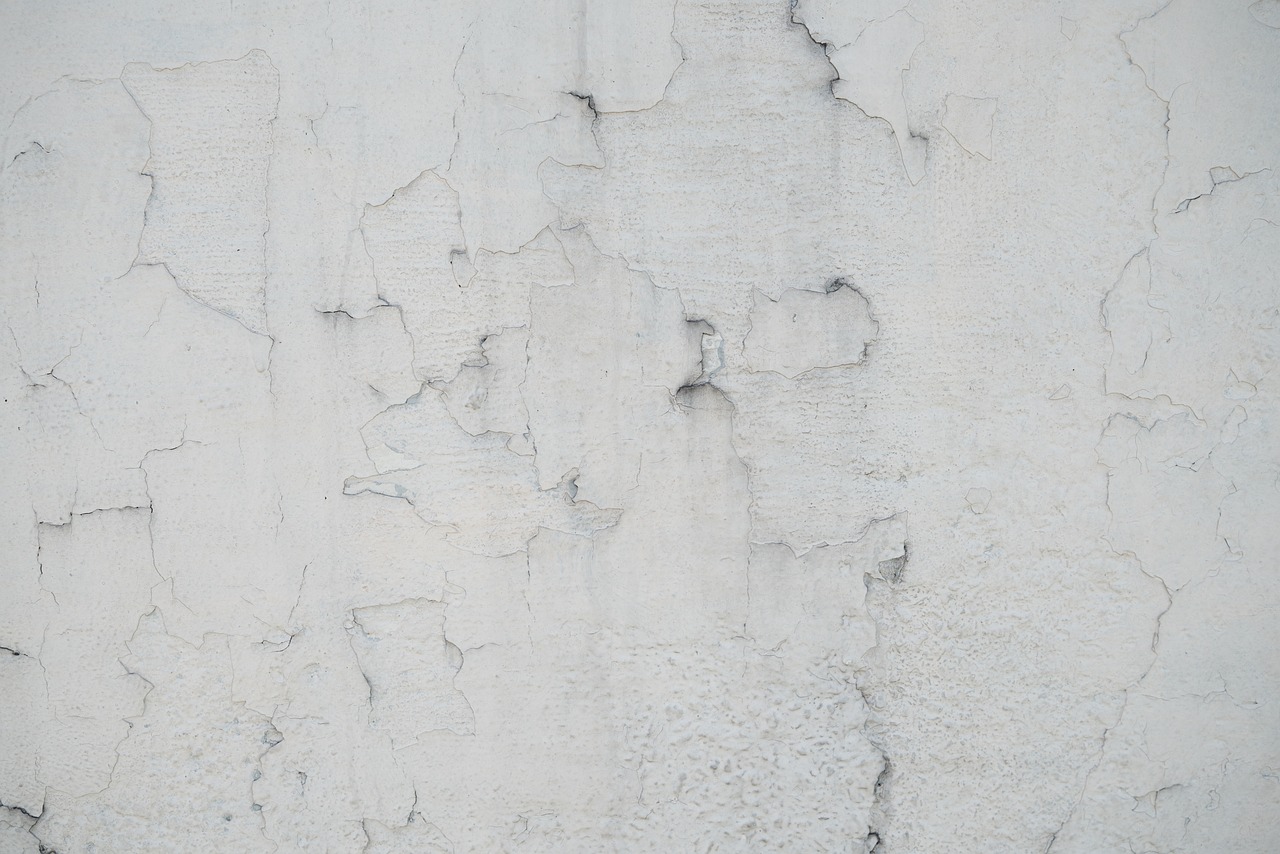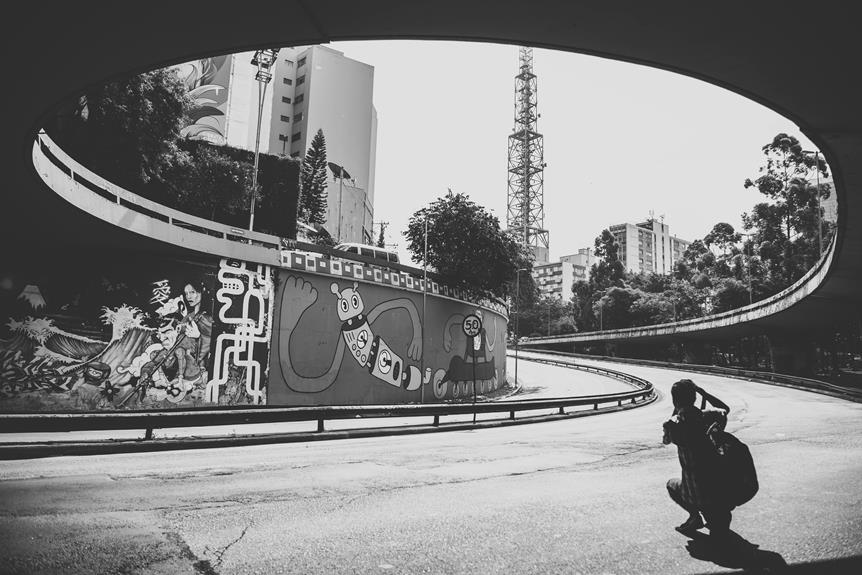Line Drawing Art

Line drawing art, with its roots in ancient cave paintings and Egyptian hieroglyphics, has evolved considerably over the centuries. Renaissance masters like Leonardo da Vinci used it for detailed studies, while modern artists blend traditional techniques with digital innovation. You’ll find techniques such as hatching, cross-hatching, stippling, and contour drawing essential for adding depth and contrast. Popular styles range from abstract to minimalist, often featuring both bold strokes and subtle details. Famous artists like Egon Schiele and Pablo Picasso showcase the medium’s expressive potential. Interested in how this art form continues to shape the contemporary scene?
Key Points
- Line drawing has historical roots in ancient cave paintings and Renaissance art.
- Techniques like shading, hatching, and stippling create depth and texture.
- Digital tools expand the possibilities and ease of line drawing corrections.
- Famous line artists include Egon Schiele and Pablo Picasso.
- Line art enhances modern home decor with minimalist and elegant designs.
History of Line Drawing
Line drawing, deeply rooted in ancient civilizations, showcases a timeless artistic tradition that has evolved through various historical epochs. Its origins in cave paintings and Egyptian hieroglyphics laid the groundwork for its application in both fashion and architecture.
During the Renaissance, artists like Leonardo da Vinci used line drawing to create detailed studies, influencing architectural designs and fashion illustrations. The 20th century witnessed line drawing’s transformation with modern art movements, inspiring new architectural forms and fashion sketches.
Today, contemporary artists continue pushing these boundaries, blending traditional techniques with digital innovations. Line drawing’s ability to convey emotion and elegance makes it indispensable in both fashion and architectural design, demonstrating its enduring relevance and versatility across time.
Techniques and Tools
Building on this rich historical backdrop, exploring the techniques and tools of line drawing reveals the meticulous craft behind each stroke and the diverse mediums artists employ.
Line weight and shading are vital; varying the thickness can create depth and contrast. Traditional tools like pens, pencils, and markers offer tactile precision, while digital tools provide limitless possibilities and easy corrections.
Consider these techniques:
- Hatching and Cross-Hatching: Use parallel or intersecting lines for shading and texture.
- Stippling: Create shading and texture using dots.
- Contour Drawing: Focus on the outline to define shapes.
Each method brings unique textures and details, whether you’re working with digital or traditional tools, enriching the art form’s expressive potential.
Popular Styles
In exploring the myriad styles within line drawing art, you’ll uncover how each artist’s distinctive approach and technique contributes to the genre’s rich diversity and visual impact.
Abstract interpretations play a significant role, with minimalist compositions offering a sense of simplicity and elegance. Artists like Egon Schiele and Pablo Picasso have mastered expressive gestures, capturing intimate figures with dynamic lines.
Contemporary designs often merge bold strokes and subtle intricacies, creating avant-garde woodcut prints and continuous, modern art drawings. The versatility of line drawing art is evident in its ability to range from delicate details to striking, contemporary pieces.
Each style, whether rooted in tradition or pushing new boundaries, showcases the endless possibilities within the medium.
Home Decor Ideas
As you explore the alluring styles of line drawing art, consider how these versatile pieces can enhance your home decor with a modern and minimalist aesthetic. Line art can transform any room, adding a touch of elegance and simplicity.
Here are three engaging ideas:
- Line art in children’s rooms: Opt for playful and whimsical designs to stimulate creativity and add a unique charm to your child’s space.
- Line art DIY projects: Create your own line art to add a personal touch to your decor, making each piece a reflection of your style.
- Gallery walls: Combine various line art prints from Desenio to design a personalized gallery wall, seamlessly blending different styles and themes.
These ideas will help you create a cohesive and stylish home environment.
Famous Line Artists
Egon Schiele’s emotionally charged line drawings, along with Pablo Picasso’s masterful continuous sketches, exemplify the profound impact of line art in the evolution of modern art.
Schiele’s works, like ‘Mother and Daughter’ (1913), reveal a raw, intimate artistic expression through bold, gestural lines. Picasso’s fluid, uninterrupted strokes capture the essence of his subjects with remarkable simplicity and depth.
Both artists, as iconic figures, have shaped the creative process and artistic influence of line art. Félix Vallotton’s avant-garde woodcut prints also contribute to this rich tapestry, demonstrating the versatility of line art.
These unique styles continue to evoke emotion and inspire contemporary artists, underscoring the enduring legacy of these masters.
Frequently Asked Questions
What Is Line Art Drawing?
Line art drawing uses only lines to create images, focusing on shapes and details. It has historical origins with artists like Picasso. Today, you can use digital tools to create both intricate and minimalistic designs.
How to Do Line Drawing Art?
To do line drawing art, you’ll need basic line art materials like pens and paper. Focus on minimalist illustrations by using varied line weights and styles. Practice techniques like hatching and stippling while studying renowned artists for inspiration.
What Are the Line Drawing Techniques?
You should explore contour drawing to define shapes and hatching techniques to add depth and texture. By varying line weight and length, you can create detailed, expressive artworks that showcase your skill and creativity.
Who Is the Artist That Draws Lines?
One famous artist that draws lines is Egon Schiele. His expressive style and intimate figures make him a standout. You’ll find his work inspirational, as he once said, “Art cannot be modern. Art is primordially eternal.”
Conclusion
You’ve explored the rich history and diverse techniques of line drawing art. By understanding popular styles and famous artists, you’ve gained insights into this expressive medium.
Now, consider immersing yourself in line art into your home decor to add a touch of sophistication and creativity. Whether you’re a budding artist or an art enthusiast, embracing line drawing can enrich your appreciation for the simplicity and depth this art form offers.
Author: Diana Anderson

